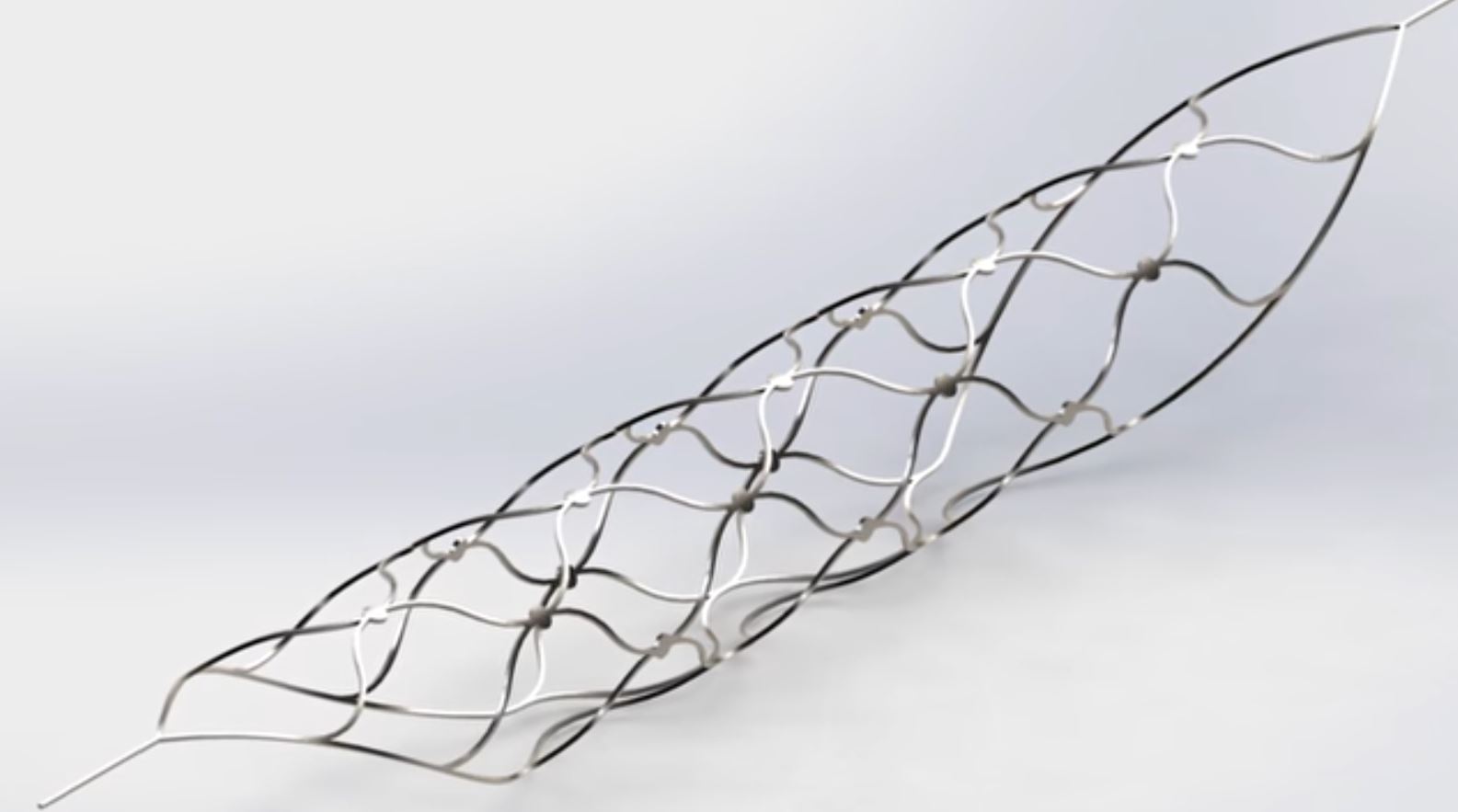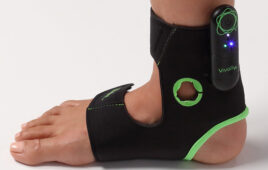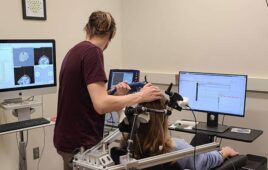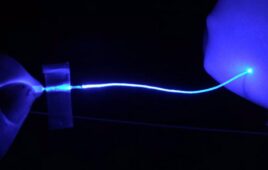
(Credit: Synchron Inc.)
Synchron Inc., a company developing minimally invasive neural interface technology, announced it has raised a total of $10 million to complete its Series A round of financing.
Neurotechnology Investors (NTI) led the investment round, which included funding from the U.S. Department of Defense, including the Defense Advanced Research Projects Agency (DARPA).
The proceeds will allow the company to initiate a first in human clinical trial in 2018 of Stentrode, an investigational technology system with potential to enable paralyzed patients to achieve direct brain control of assistive technologies, such as robotic limbs, exoskeletons and communication aids.
The Stentrode technology may ultimately help diagnose and treat a range of brain pathologies, such as epilepsy and movement disorders.
“We have designed a product to attempt to overcome the greatest challenge facing other neural interfaces: chronic brain tissue scarring,” says Thomas Oxley, MD, PhD, founder and CEO of Synchron. “We aim to provide a safe way for patients with severe paralysis to achieve direct brain control of assistive devices. Successful completion of this funding round allows us to commence human studies.”
The Stentrode system is small and flexible enough to safely pass through curving blood vessels in a procedure called cerebral angiography, eliminating the need for open brain surgery and direct contact with brain tissue. By using blood vessels to deliver the technology to the brain and house it there, the technique may reduce risk of brain tissue rejection of the device, which has been a significant problem for other techniques.
Pre-clinical studies published in Nature Biotechnology have demonstrated the Stentrode’s ability to pick up high-frequency electrical data emitted by the brain. This level of brain recording has previously required invasive electrode implantation through the skull.
According to a global report from McKinsey & Co., in advanced economies, there are 50 million people with impaired mobility due to paralysis. A new industry of ‘robotic human augmentation’ promises to provide novel solutions to patients with paralysis to achieve enhanced and independent control of their environment.
The Stentrode was initially developed through a multi-departmental collaboration at the University of Melbourne, The Florey Institute of Neuroscience and Mental Health, and the Royal Melbourne Hospital, Australia. The Australian company SmartStent was spun out in 2012 and was wholly acquired by Silicon Valley-based Synchron in 2016. Early funding for the device was provided from the U.S. Department of Defense, including DARPA and the U.S. Office of Naval Research Global.
Dr. Oxley and Nicholas Opie, PhD, Synchron co-founder and chief technology officer, also received substantial funding from the Australian National Medical Health and Medical Research Council (NHMRC) to the University of Melbourne Vascular Bionics Laboratory to develop the technology.




